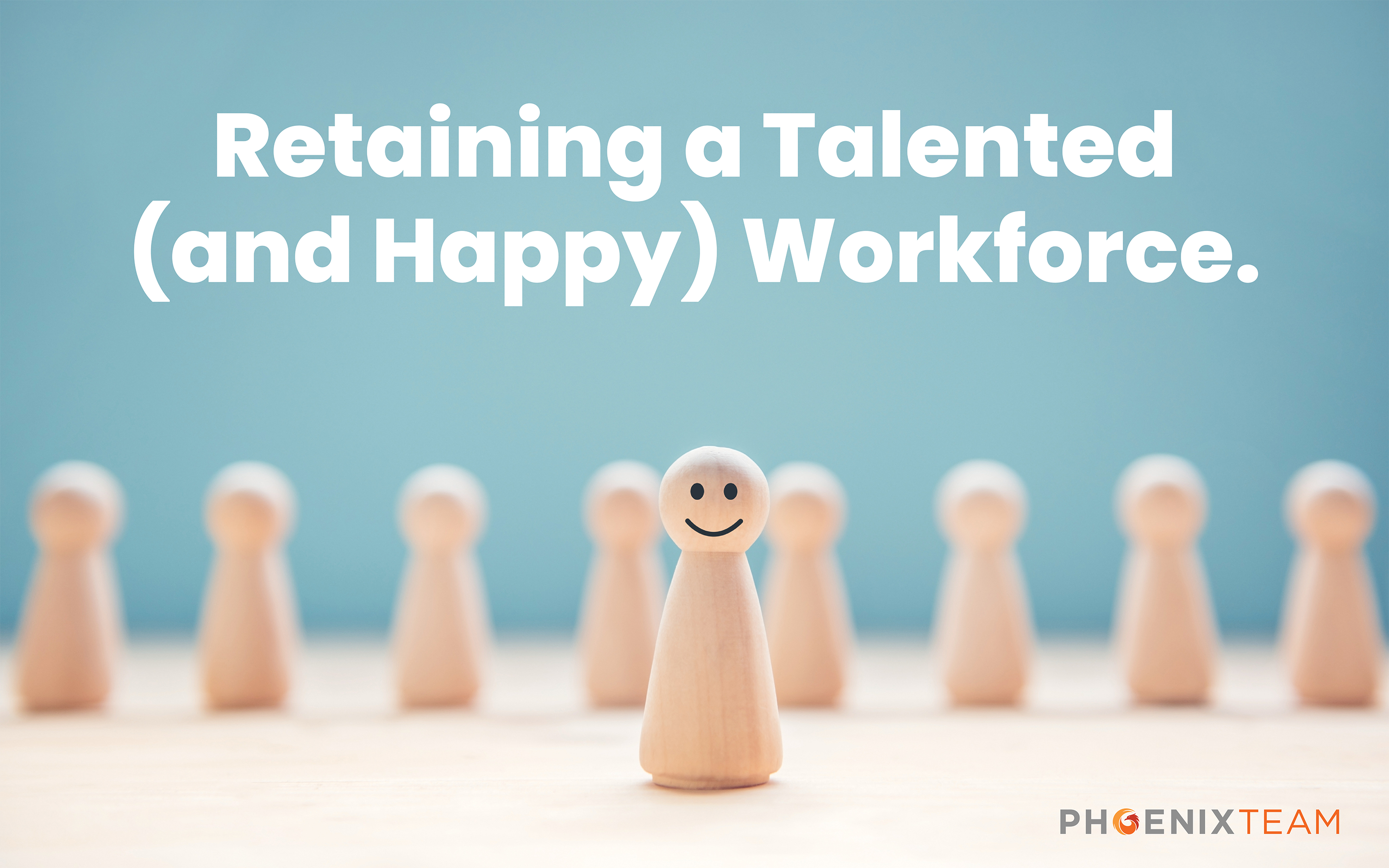Retaining a Talented (and Happy) Workforce
By Jaedri Wood
It has been nearly one and a half years since the initial COVID-19 outbreak, which prompted businesses to make radical changes to overcome the challenges of the pandemic. Now, we are faced with a new variant and are once again battling instability and uncertainty in both a professional and personal sense. The first wave of the pandemic proved many things: jobs can be done remotely and remain efficient, company culture is what retains talented team members, and that flexibility is paramount for a business to thrive and not just survive. This past year, companies have showcased their strength in their ability to retain talent while also going through one of the most volatile periods in history. What enabled some companies to retain their talented workforce while others could not? Let’s find out.
Talented team members are the backbone of a strong company and are the key to business recovery and stability. Throughout 2020 and 2021, organizations have had to rethink how they attract talent and, more importantly, how to retain it. As the traditional workplace has changed, so have the expectations team members have for their employer(s). Citrix, a renowned multinational software company, conducted a study named the Talent Accelerator—a year-long research project examining how technology affects global work patterns. The Talent Accelerator study combines research from over 2,000 knowledge workers and 500 HR directors in large corporations and mid-market businesses with at least 500 employees based in the United States. The findings of the study show how expectations and priorities for personnel have shifted in the past year.
When searching for a new position, 88% of workers said that they will search for a company that offers full flexibility in their hours and location. Working from home is no longer a band-aid solution for the pandemic. It is now a resurging demand for prospective job seekers. Along with working from home, team members are pursuing jobs at companies that prioritize outcomes over outputs. People want to work for a company that has a positive impact and prioritizes the quality of their work over the quantity. Team members are more invested in delivering positive change than solely improving the company’s bottom line.
Another study done by Mercer, an international professional services firm, surveyed four key areas of importance regarding team member expectations: focus on futures, reskilling workers, utilizing science and data, and energizing the workplace. These expectations are primarily qualitative in nature and focus on the culture of a workplace. After all, it is not the office that makes a company, but the people within it. Focusing on the futures of team members is an approach to deliver more equity on an organizational level. When any company invests in the knowledge and skills of their employees, it signals that they are worthy of investment and makes staying with the company more appealing. To retain talent in the workforce, continuous learning is paramount. If the past year and a half has taught us anything, it is that change is inevitable, and people are the core of a company’s prosperity. However, investments in any form need data and analytics to measure success.
Before the pandemic, the traditional workday of 9-5 in an office was the standard. Since the pandemic enabled a work-from-home workforce to flourish, data-driven outcomes have become imperative. People need measurable methods to document their successes to see progress within the company. Team members are no longer able to chat with their leaders at the water cooler and ask for feedback in a drive-by conversation. These drastic changes in the workforce have team members everywhere revaluating their positions and often opting for a better opportunity with more flexibility and purpose. This wave of career change is coined as the “Great Resignation.” To retain talented employees, it is critical that they are aware of the expectations, goals, and desired outcomes of the company so that they can pursue them independently and efficiently the first time. In a virtual environment, real-time feedback and knowledge sharing can make or break a workforce. To retain and continue to bring in talented people, companies and leaders need to invest the time to clearly communicate their desired results and expectations so team members can go forward confidently in their work. Now is the time for great organizations to set themselves apart and invest in their people to secure a better future.


















